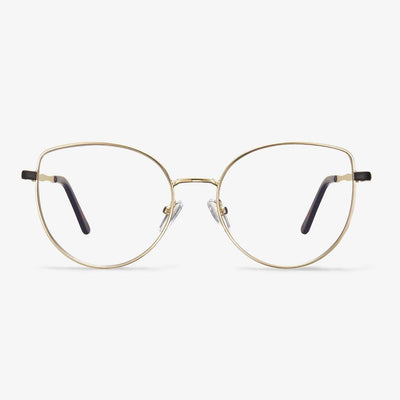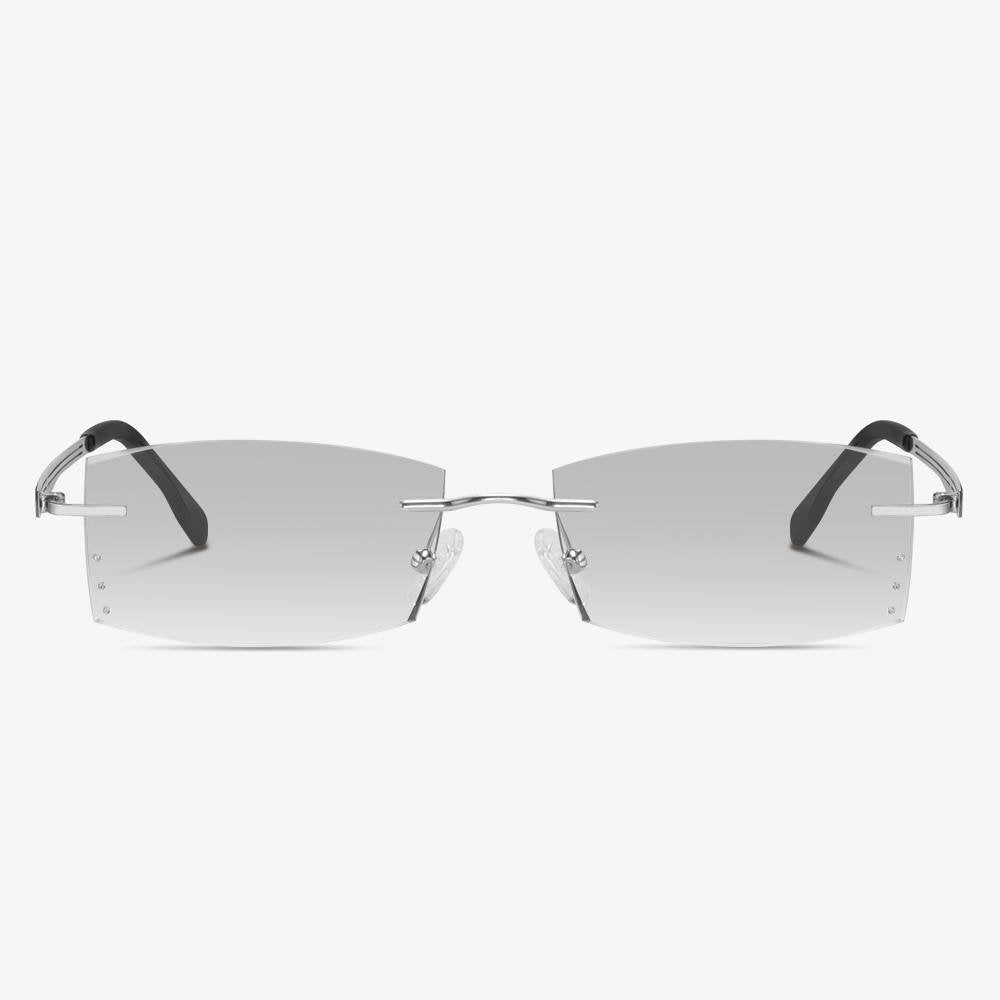The glasses slid up your nose.
Although glasses often slide up your nose and pushing them up can be annoying, it's easy to pull them tight. If your nose frame is metal, use your thumb to shrink the nose pad until the frame no longer slides. If you have plastic frames, soak the arm in warm water for 30-60 seconds, then apply slight downward pressure to the end of the arm. This will make it fit more behind the ears, which will tighten the overall fit and prevent slippage. If tightening the frame doesn't work, try using eyeglass wax to stop it from slipping.
Boss Orange
Boss Orange has launched its new spring/summer 2015 eyewear series, and they include sunglasses and optical frames. The new glasses embody the brand's culture and stand out with a modern, fun look. These men's and women's sunglasses and optical frames are full of modern style and use special dyeing techniques to create an attractive effect. These sleek new sunglasses and optical frames come in sheet material, with a speckled Havana front that compares apparently with the strongly colored arms.
What Are Pinhole Glasses?
Pinhole glasses, also called stenopeic glasses, are plastic eyewear with hundreds of pinhole-sized perforations in place of lenses. Pinhole glasses are mostly used to improve refractive errors in the eye because they shield the eye from indirect rays of light which can distort vision. This would decrease the blur circle on the back of the retina.
A Suitable Nose Pad
The Nose pad must fit the nose to the maximum extent possible. If they do not fit, the opticians have special pointed tools. It's best not to adjust the nose pad yourself. A lot of store staff are afraid to adjust the nose pad, just because it is difficult. The general store processing master will adjust the nose pad. The nose pad can be adjusted on the premise of the same rake angle.
Types of Bifocal Lenses
Flat top: It is a kind of common bifocal lenses. The lower part of the lens is present in the shape of a half-moon or the letter D on its side. The upper part and the lower part of the lens can be clearly distinguished from each other. The patient using such a bifocal lens has the choice of choosing the length of the lower segment which is either 25 mm or 28 mm.
Round seg: the second type of bifocal lens we want to mention is the round seg. The segment is either 22 or 24 mm in length and it provides more are to adjust between the two different types of vision easily. This type is very rarely used nowadays.
Blended: this type of bifocal lens has the lower part of the lens in a round shape and the edges of the lens are blended with the upper lens making the lens appear as one.
Disadvantages of Progressive Lenses
It takes time to adapt to the lenses. It can generate poor visual resolution (blur). There is also a geometric distortion of the field of view. Some of the problems with advanced progressive lenses occur when walking up and downstairs. Because the reading correction is at the bottom, the staircase may look like a rebound. However, this is all done to accommodate your progressive lenses, and within about two weeks the shortcomings should disappear. It takes some time to get used to progressive lenses. Changes in vision occur at the rim of the lens, leading to slight changes in peripheral vision. For some people, change is a little difficult. Because the first wear of progressive lenses may occur slight dizziness, shaky walking. One should be careful when they exercise or go Up and down the stairs. Because the sense of space changes, the distance judgment of the object, the sense of depth changes, people who first wear should not immediately drive or do strenuous exercise. When looking closely, the eyes need to turn down, they have mild discomfort in the eyes. The object becomes blurry when they look at it through a blurred area around the lens. Therefore, new wearers turn their heads more and turn their eyes less when they see things and try to use the far, near, and middle distance areas to see the object.
Can you wear blue light glasses while driving?
The damage of blue light has a cumulative effect. The longer the exposure time is, the more serious the damage of retinal cells will be, which will eventually lead to irreversible damage of the structure and function of the retina. Once the retina has permanent damage, degeneration will directly affect the metabolism and function of photoreceptor cells, resulting in vision loss. It depends on the glasses you're wearing. The function of anti-blue light glasses depends on the material of the glasses. Some blue light glasses have a special anti-reflective coating, which can reduce glare. These glasses are definitely helpful when driving at night.


















































